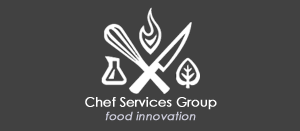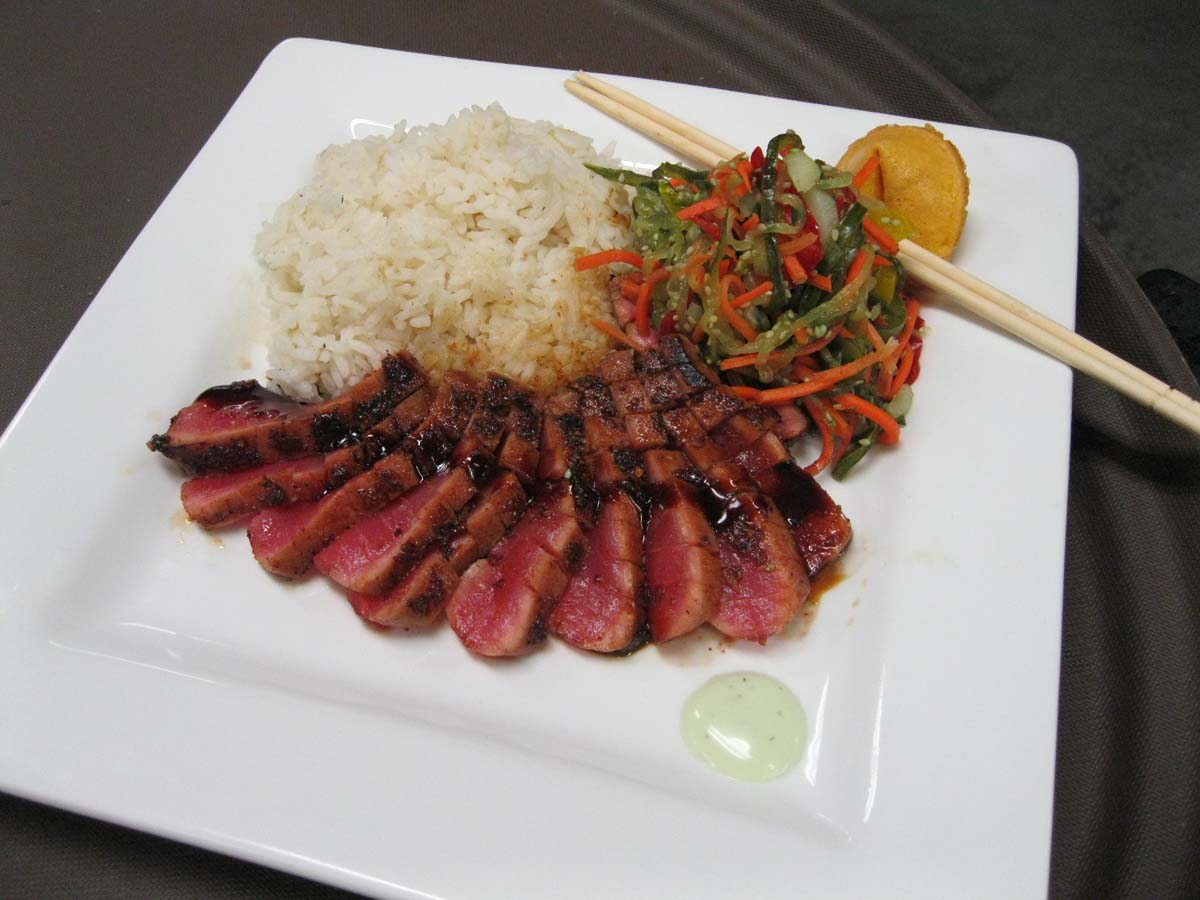By: Leah R. Sarris
Almost anyone can open a restaurant with adequate financing and a business plan. What is it that makes a successful operation? Although there is not one single answer, there are some key elements that we all know are important for success, such as great food and beverage, ambiance, service and value. However, one of the most important factors in running a successful and profitable business which many operators overlook lies in standardization. Why standardize? It’s simple. By setting standards, your business can be more efficient and it’s service exceeding expectations in many ways.
Employee Training
By having a documented training plan for each position, for example, managers and employees are able to be trained thoroughly and quickly. By simply “throwing employees into the fire” without a standardized training program, there is much room left for error. Critical factors may be left out, staff may be misinformed, or they may be given too much responsibility too soon, which will cause disgruntled customers and discouraged employees. With proper documentation and a regiment to follow, trainees will not miss essential information, and by going through a step-by-step training process, it’s assured they’ll know the material before they carry sole responsibility on their shoulders. Employees become more competent and confident with adequate training, and they understand their expectations, which increases staff moral and has an added benefit of less employee turnover.
Recipes and Processes
Standardizing processes and recipes also assures guest satisfaction through consistent food and service. Return guests are generated when customers have a positive and consistent experience in the restaurant, including food and service, over and over again. Servers are expected to give the same sequence of service every single visit, and when the guest orders their favorite dish, say Chicken Marsala, they expect it to be the same every time. However, if the Chicken Marsala recipe is not documented, memorized and available for the cooks, how can the kitchen expect to make the same dish the customer had their previous visit? As simple and detrimental as documenting recipes is, it’s amazing how many restaurants one will find that don’t do such. As a result food is inconsistent, as well as the customer base.
Operations
Day-to-day operations can become very time-consuming if not done systematically and with proper forms of documentation. By documenting procedures and policies, managers spend less time on the day-to-day and more time devoted to building the business, while ensuring quality standards and service are in place. For instance, the Waste Sheet may indicate that one gallon of mashed potatoes are being thrown away on a daily basis, which would then be a red flag to reduce the batch size made. By doing this, food cost will be lowered and production resources saved. In another example, Weekly Cleaning Schedules ensure all equipment and areas are being properly cared for, reducing maintenance and equipment costs and increasing safety and sanitation measures. By means of forms such as Line Check Forms, Production Charts and Close-to-Open Checklists, one can make certain the restaurant is set up for success by ensuring all policies and procedures are in place and up to standards, identify those areas that need attention, and provide accountability for all actions.
Standardization is one of the most essential, yet overlooked keys to running a successful restaurant operation. By putting policies, procedures, operations manuals, recipe manuals and training modules in place, rest assured you will encounter more positive customer and staff feedback, less employee turnover, and an all-around more successful venue.






